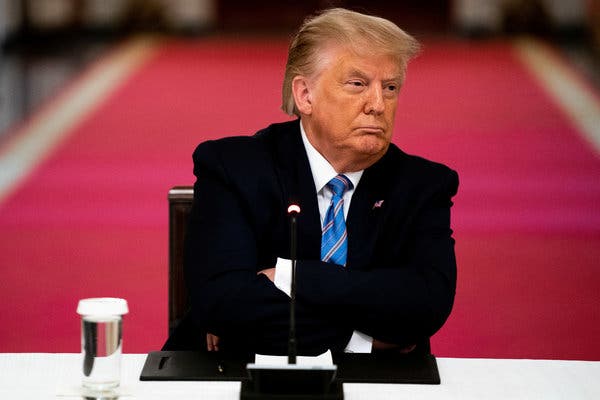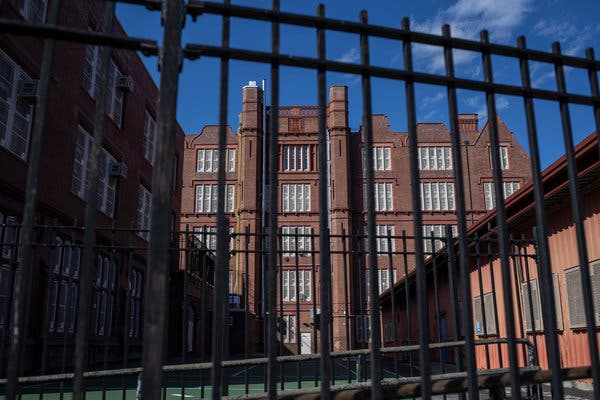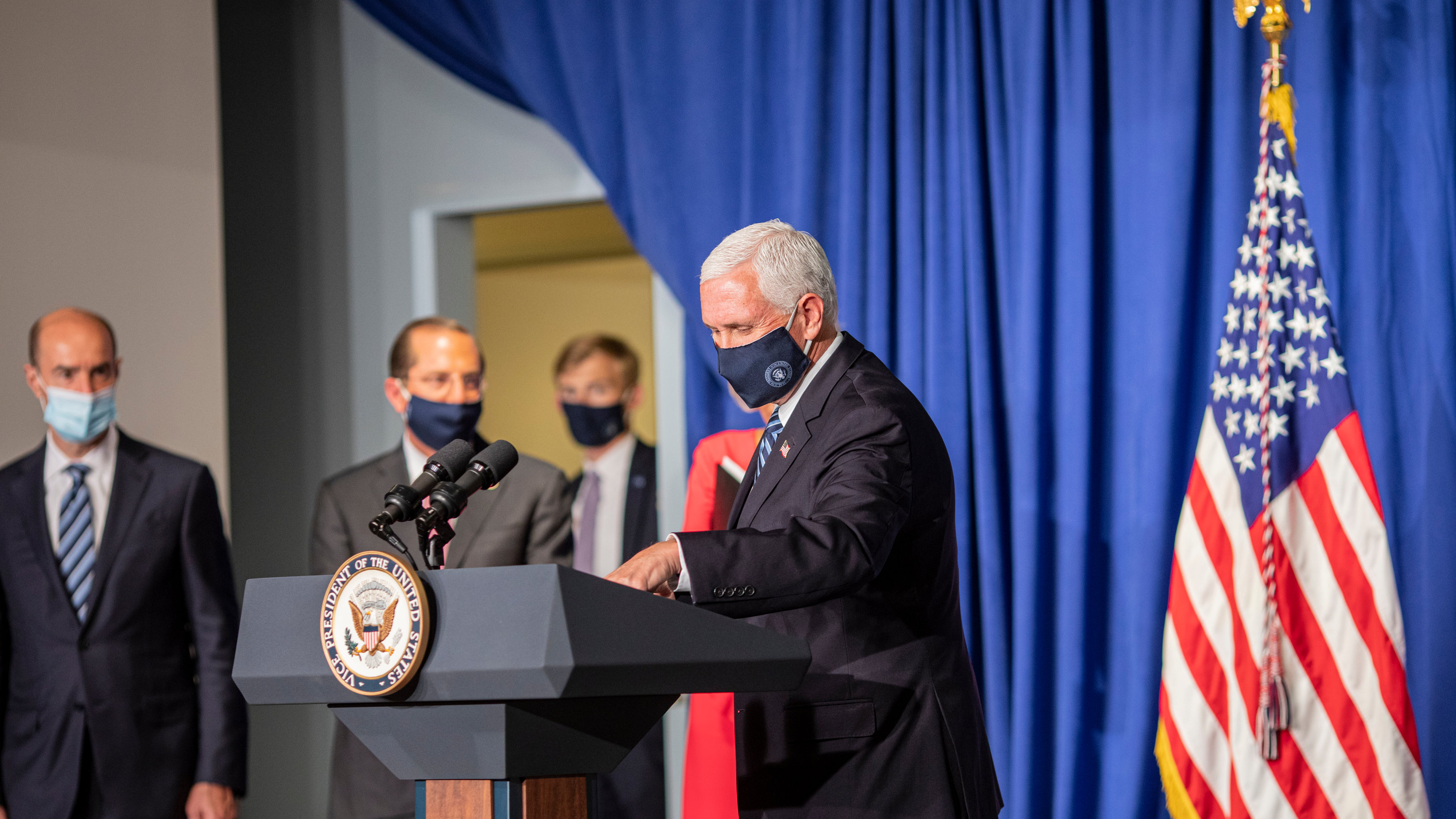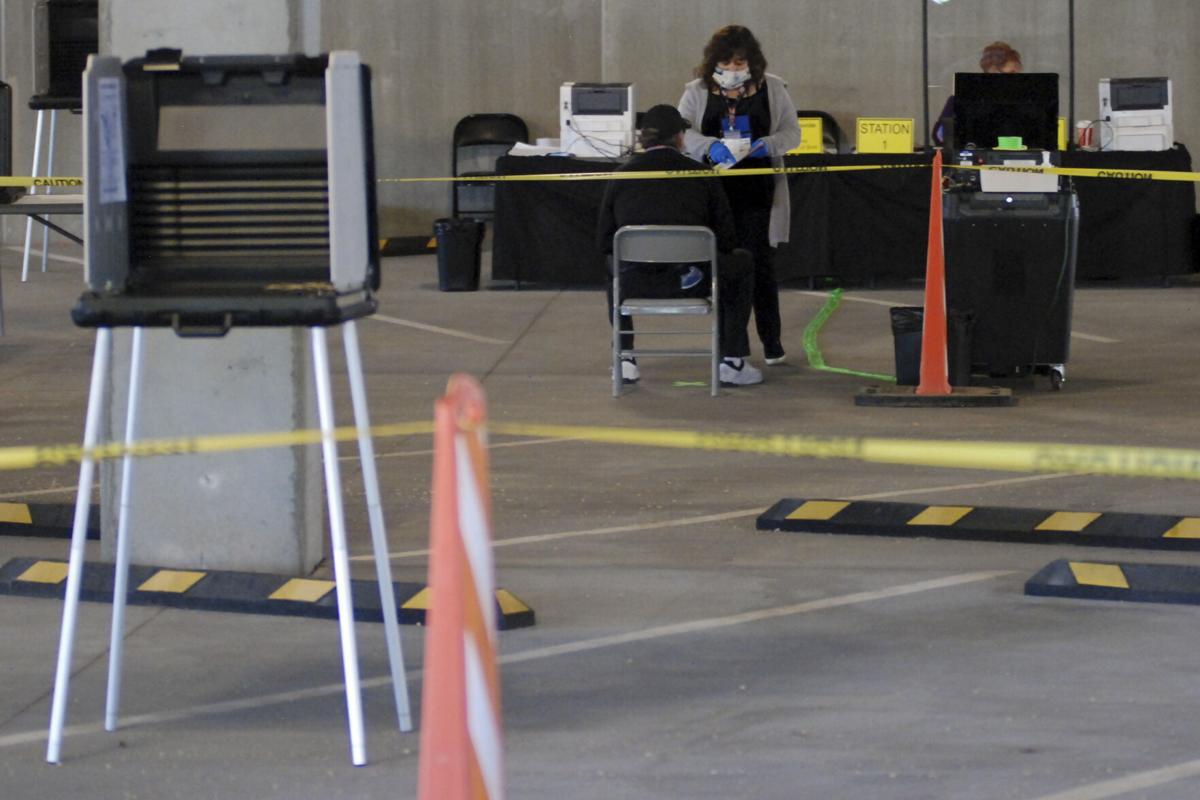Advertisement
Disregarding the advice of his own health experts, President Trump also attacked the C.D.C.’s reopening guidelines as onerous and expensive.

WASHINGTON — President Trump pressured the government’s top public health experts on Wednesday to water down recommendations for how the nation’s schools could reopen safely this fall and threatened to cut federal funding for districts that defied his demand to resume classes in person.
Once again rejecting the advice of the specialists who work for him, Mr. Trump dismissed the Centers for Disease Control and Prevention’s “very tough & expensive guidelines,” which he said asked schools “to do very impractical things.” Within hours, the White House announced that the agency would issue new recommendations in the days to come.
The president’s criticisms, in a barrage of Twitter threats, inflamed a difficult debate that has challenged educators and parents across the country as they seek ways to safely resume teaching American children by September. Even as the coronavirus is spreading faster than ever in the United States, Mr. Trump expressed no concern about the health implications of reopening in person and no support for compromise plans that many districts are considering.
His all-or-nothing stance left him at odds with the nation’s two largest school districts. Mayor Bill de Blasio of New York City announced shortly after Mr. Trump’s tweets that schools would not fully reopen in September, with students attending classes in person only one to three days a week to accommodate social distancing. The chief public health officer in Los Angeles County told school officials on Tuesday to be prepared to continue learning entirely from home given the surge of infections in California.
But Mr. Trump’s attack on the C.D.C. underscored his growing impatience with public health experts he considers obstacles to his ambitions of reopening the country after months of lockdown. As he significantly trails Joseph R. Biden Jr., the presumptive Democratic presidential nominee, in most polls, the president has brushed off warnings and pushed states to reopen businesses in hopes of reviving the crippled economy before the election on Nov. 3, a goal that would be hamstrung if parents had to remain at home with their children this fall.
“I disagree with @CDCgov,” Mr. Trump wrote on Twitter on Wednesday, a day after hosting a series of calls and events to pressure schools to reopen fully. “While they want them open, they are asking schools to do very impractical things. I will be meeting with them!!!”
During a coronavirus task force briefing later Wednesday afternoon, Vice President Mike Pence announced that the C.D.C. would issue new recommendations next week, saying the guidelines should not be a reason for schools to stay closed. “We just don’t want the guidance to be too tough,” he said, promising “five different documents that will be giving even more clarity on the guidance going forward.”

The agency has recommended for weeks that schools that remain open modify layouts to maintain social distancing, install physical barriers where that is not possible, increase disinfection and cleaning of facilities, avoid serving communal meals in cafeterias, discourage sharing objects and ensure ventilation systems are up to date. If a school has a confirmed case, the guidance says, students and “most staff” members should be dismissed for two to five days while local health officials consider what to do next.
An administration official, who discussed internal deliberations on the condition of anonymity, said the new guidance had been in development for weeks but had yet to be cleared by top C.D.C. or task force officials. The guidelines would address how schools could reopen and whether parents should send children, most likely including a checklist for making that decision. The official denied that Mr. Trump or other White House officials had pressured the agency to ease the existing guidelines for schools, which were updated in April.

The Education Department may be able to reroute or withhold some emergency coronavirus relief funding that school districts say they desperately need to fund staff, programming and the public health measures recommended by the C.D.C. And the president could veto additional funds that schools want from Congress this summer.
On Wednesday, Kayleigh McEnany, the White House press secretary, said Mr. Trump would seek to “substantially bump up money for education” in the next coronavirus relief package, but “this money should go to students.”
A senior House Democratic aide said lawmakers would most likely push to limit the president’s authority to withhold school funds in a next round of relief.
Many parents, educators and doctors believe that the social, educational and psychological costs of a prolonged shutdown or online learning now outweigh the risk of the virus itself, a position expressed by the American Academy of Pediatrics. But how schools reopen safely is a matter of serious discussion.
Joining the briefing with Mr. Duncan and former Education Secretary Margaret Spellings, Dr. Thomas R. Frieden, a former C.D.C. director, said schools should reopen, but safely.
“Here’s the bottom line,” he said. “The single most important thing we can do to keep our schools safe has nothing to do with what happens in schools. It’s how well we control Covid in the community.”
In citing European countries, Mr. Trump was making an apples-and-oranges comparison. Germany and the other nations he cited have all gained control over the pandemic, while cases are rising significantly in the United States. While the United States recorded 54,000 new cases on Tuesday alone, Sweden logged just 283, Germany reported 279, Norway had 11 and Denmark just 10. Even accounting for population differences, those countries are in significantly better condition than the United States.
So far, there has been little evidence that school reopenings in Europe have resulted in widespread increases in coronavirus cases. Most countries took steps like wearing masks, reducing class sizes and keeping children in small groups at recess and lunchtime, measures that Mr. Trump is resisting.
But scientists do not know to what degree children spread the virus to others. There is some evidence that children are less likely than adults to transmit the virus, and that younger children transmit it less frequently than teenagers do. This may suggest that the risk of spread in preschools is lower than in high schools, which would be a welcome finding for many working parents and for early-childhood educators, who cannot teach as effectively online as high school teachers can.
While children have proved less susceptible to the virus, teachers are more vulnerable because of their age. Many have expressed concern about returning to work in buildings that were never intended to keep children six feet apart or otherwise prevent the spread of a deadly virus.
Dr. Deborah L. Birx, the White House coronavirus response coordinator, said the mortality rate for those 25 and younger was less than a tenth of a percent, though she cautioned there was much to learn. “Until we know how many have been infected, we have no evidence that there is significant mortality in children without coexisting diseases,” she said.
But she added that children might be a threat to relatives in multigenerational homes. “Americans have done a great job in keeping infection rates low in children in the sheltering time,” she said. “We are worried now that as cases spread that it is getting to the older parents and the grandparents.”
Pam Belluck contributed reporting from New York.

